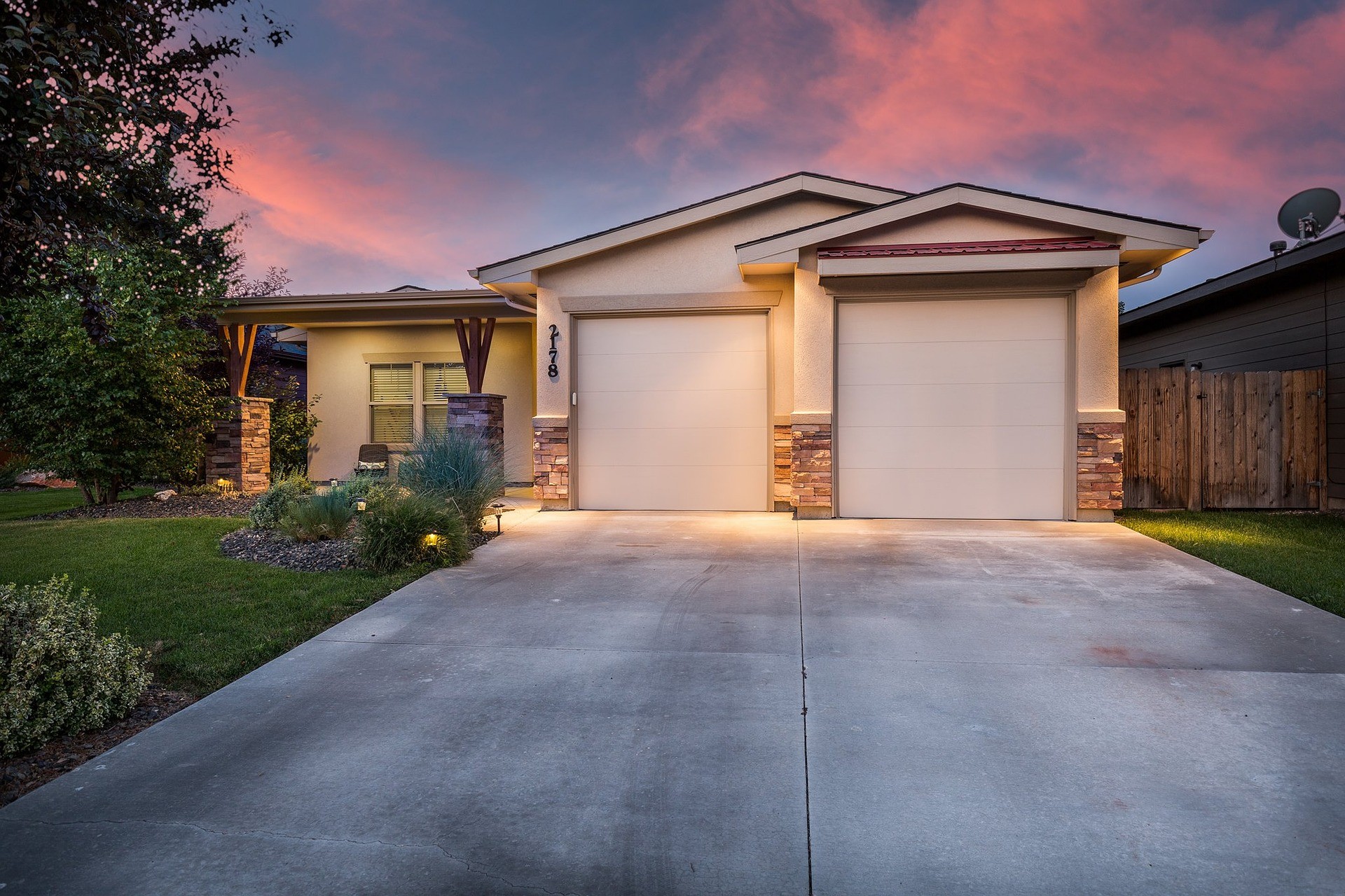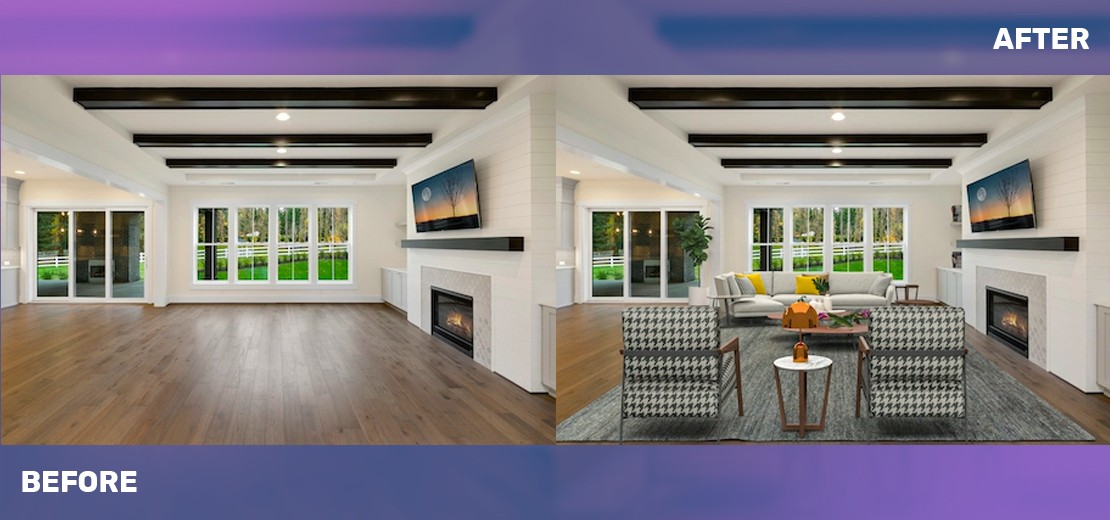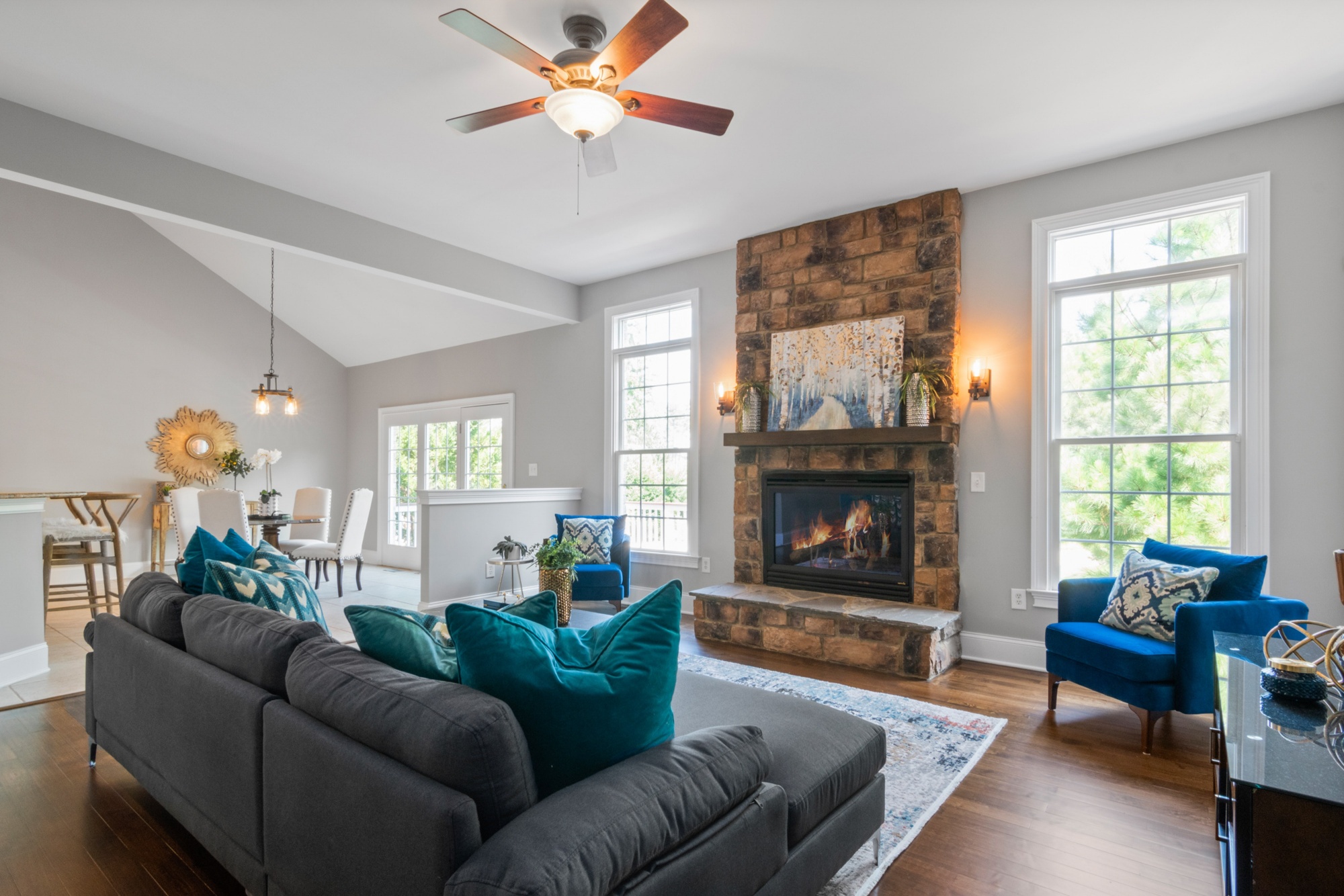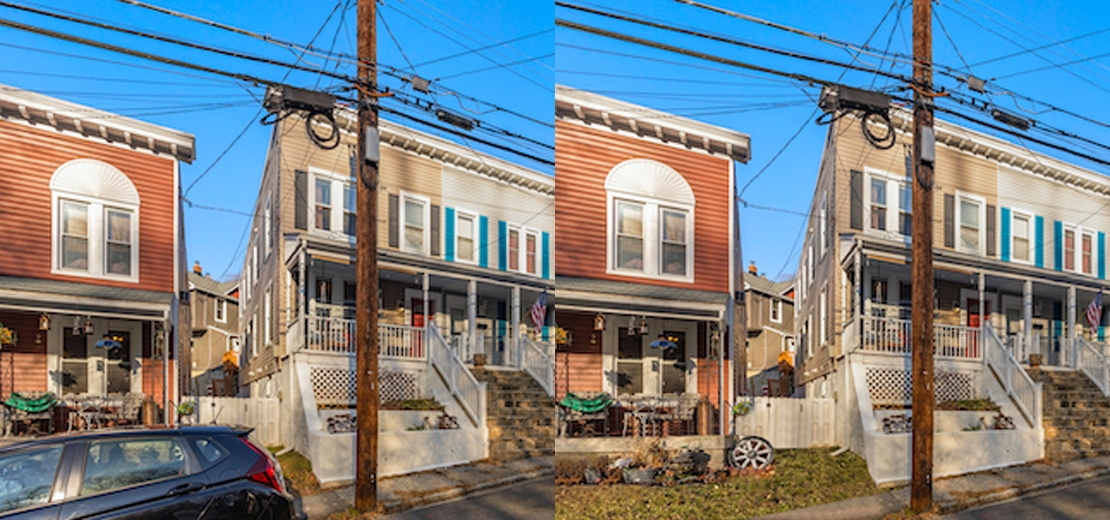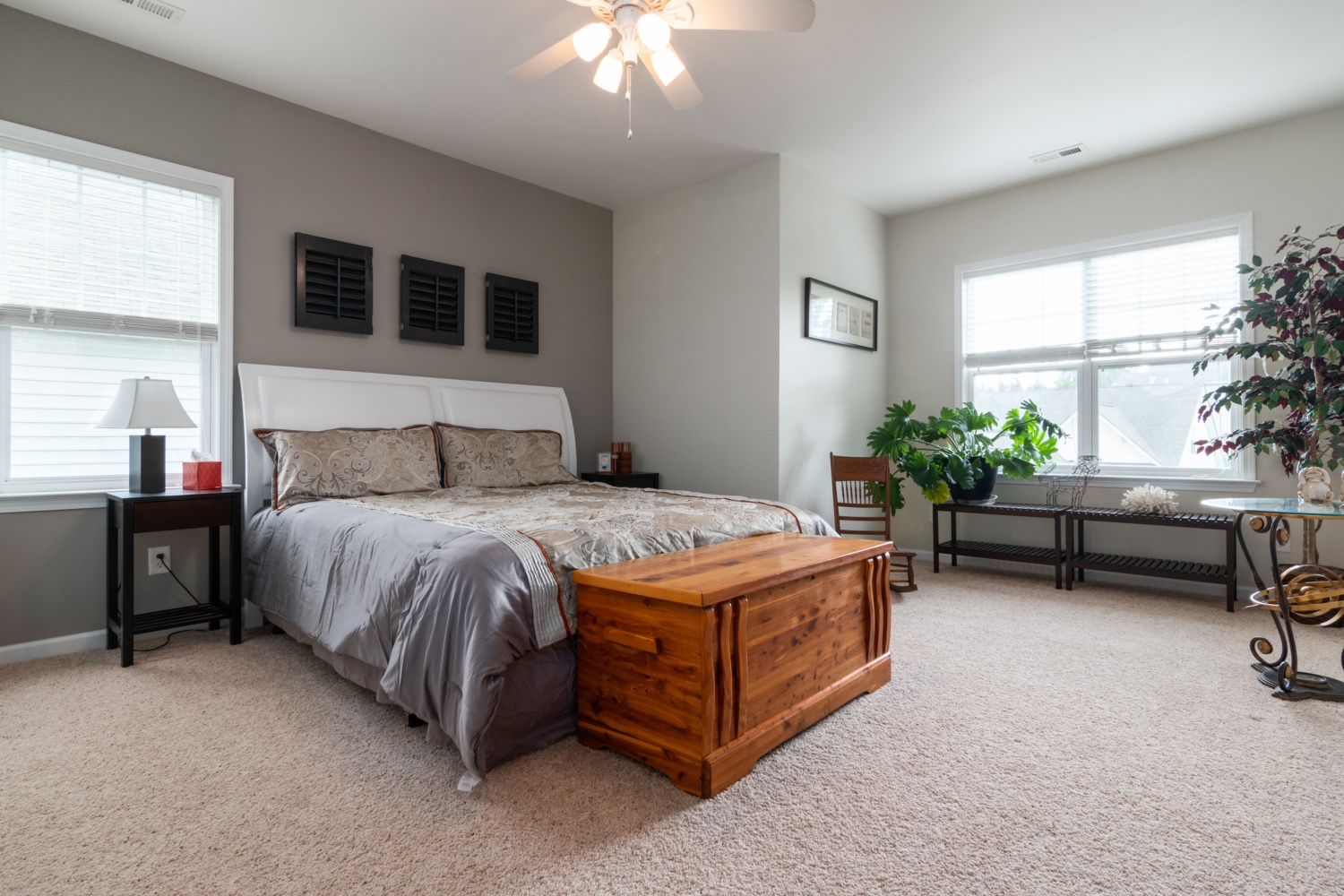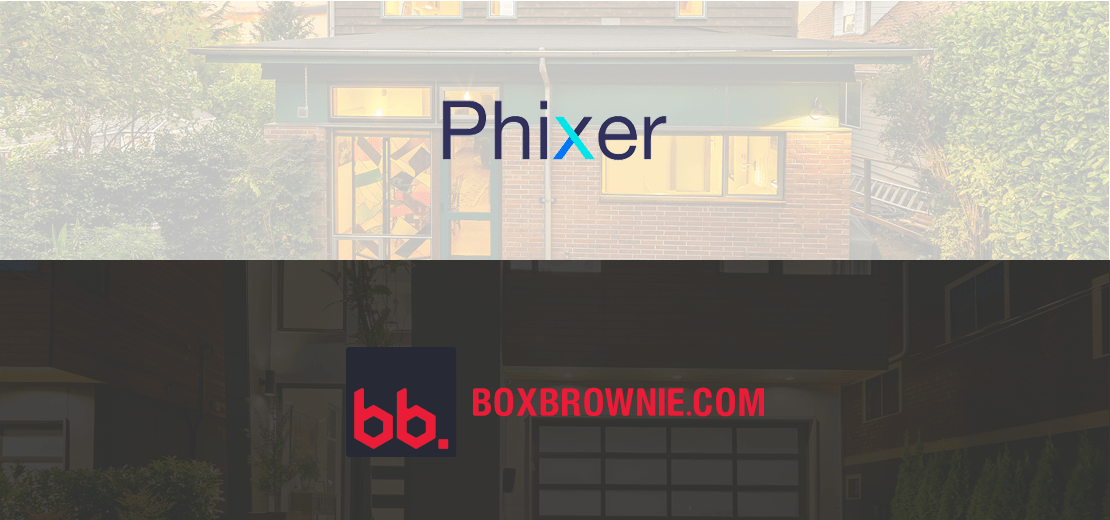Real estate properties are some of the most in-demand assets this year. As more people are moving in and out of suburbs, there are more homes on the market. Hiring an excellent real estate editor would give you a beautiful photograph adequately showcasing your home to would-be buyers.
However, the image is only part of the overall process. It would help if you avoided rookie mishaps to prevent expensive blunders and maximize the sales value. You could even offer the same service to other people.
[lwptoc]
TL;DR: Here are some of the most prevalent mistakes that people should avoid when selling the home:
1. Skimping on Listing Photos
One major mistake is not setting a budget for listing photos. Ideally, you should hire a real estate photographer to ensure that your photographs can compete with other real estate images online. However, if photographers are too expensive, you can take photos yourself leave the post-production to an expert real estate photo editing service like Phixer.
Here are some reasons why you should take listing photos seriously:
- First impressions last, and listing photographs could be the deciding factor between click or scroll away.
- The real estate industry is highly competitive, and while you are taking photos with your phone, other companies are hiring experts for the job.
- People like visually attractive listings.
Either way, you should never skimp on the quality of your photos; whether you hire a real estate photographer or a real estate editor is entirely up to you.
2. Submitting Natural Photos
Some people shoot and upload without checking the output. As a result, you may think that posting the listing earlier takes precedence over an attractive listing photo. However, you’ll eventually find out that the length of time doesn’t matter as much as the quality of the photograph.
If you don’t have time for post-production, you can hire a real estate photo editing company to create a virtual showroom using an improved version of your current space.
3. Not Anticipating the Costs
You might be selling your home to cut corners or earn money, but don’t forget to account for the selling expenses that go with it. While you may quickly put the fees on top of your selling price, you should also consider the current price on the market.
Here are some of the costs you should consider when selling your home:
- Home inspection and appraisal
- Agent commissions
- Cleaning and renovations
- Real estate photography or editing
Make sure that you’re ready for the charges before putting your house up for sale. Some of the fees, like agent commission, only need to be paid after the deal, but it’s crucial to prepare, especially if you want the highest market value.
4. Doing it Yourself
One of the most critical mistakes that new home sellers make is trying to do the sales process all by themselves. Instead, it would be best to rely on professionals like a realtor and a real estate photo editing company to ensure adherence to corresponding standards and protocols.
5. Unrealistic Pricing
This mistake centers around not having a proper home appraisal before posting the home on real estate listings. If you don’t ask experts about the actual price on the market, you will end up giving a price that’s too high or too low. Both extremes would be bad, so you should appraise your home first.
Conclusion
Selling a home is a big decision, and it’s vital to deploy help when you need them. Companies like a real estate photo editing service or real estate agency will allow you to make the best possible choices regarding property sales. You should trust the experts and maximize your returns for a stress-free sales experience.


